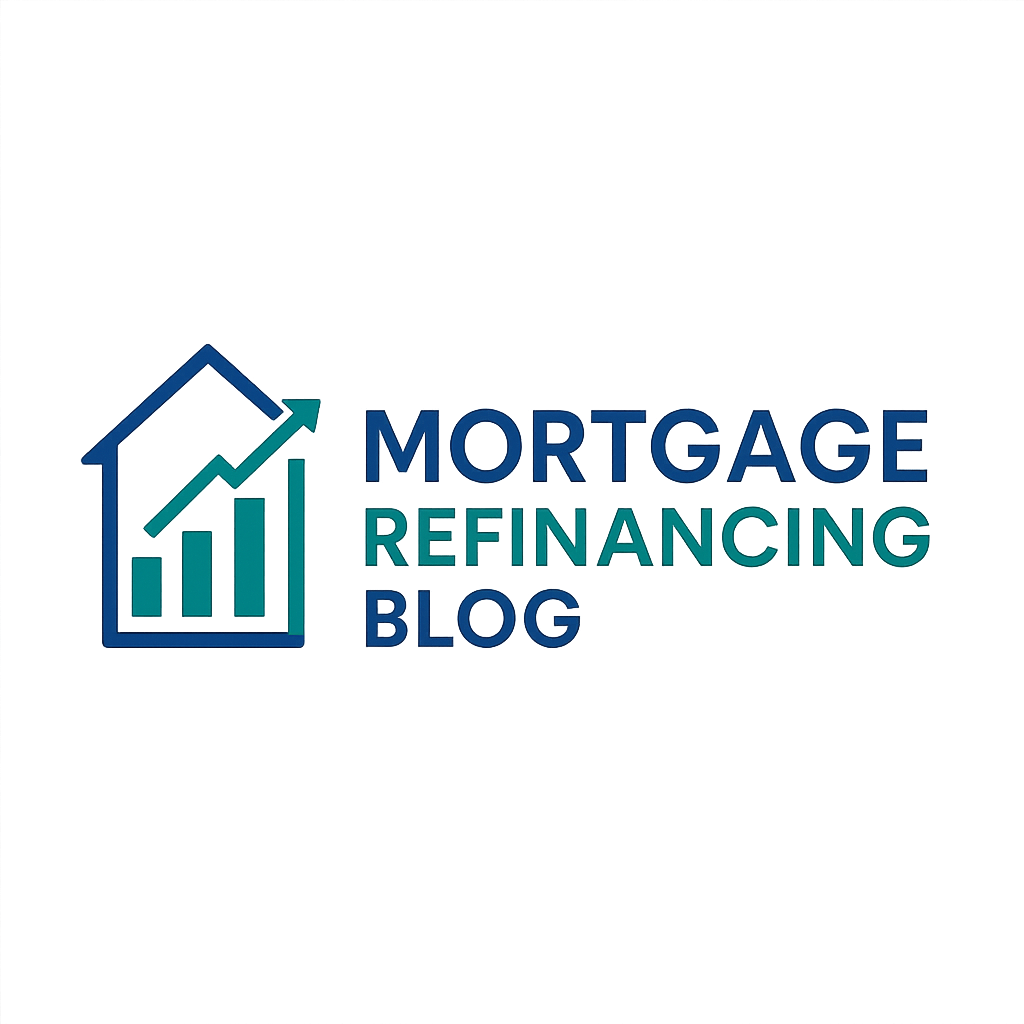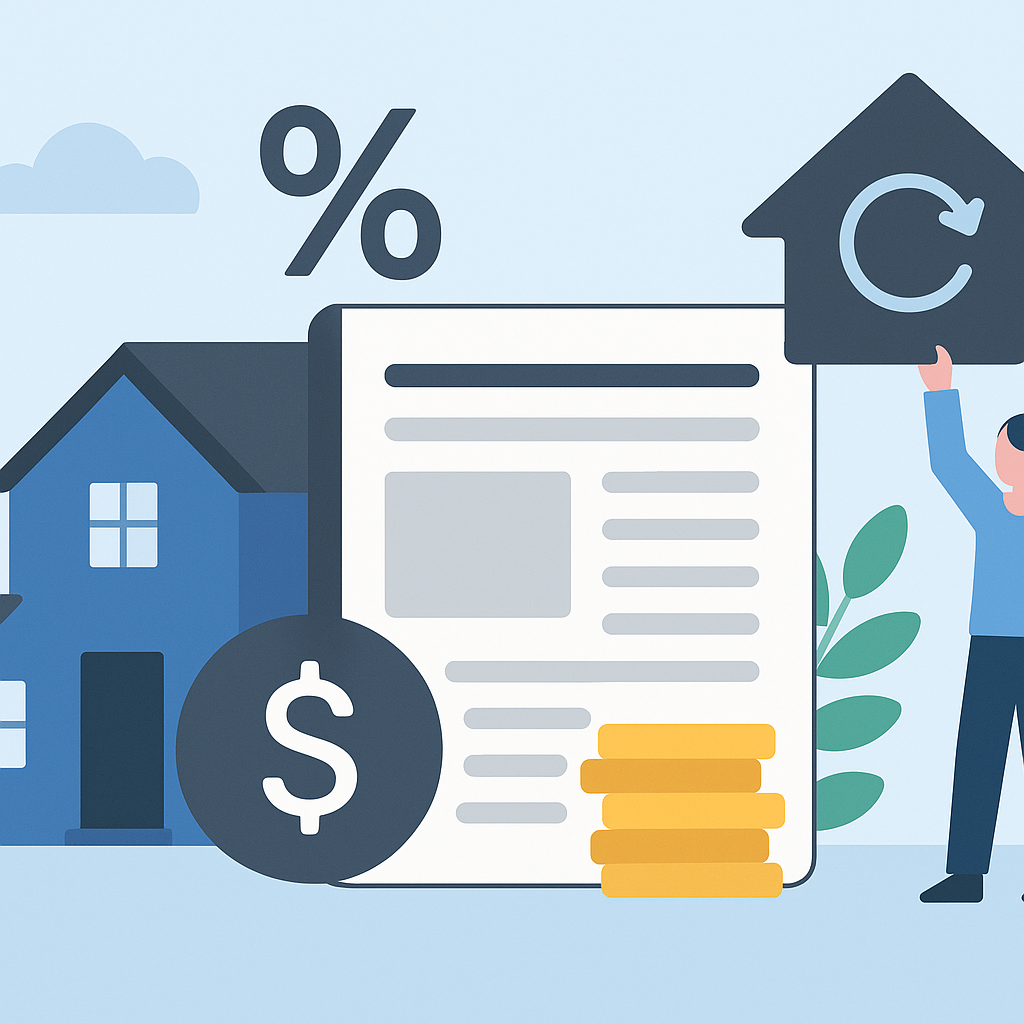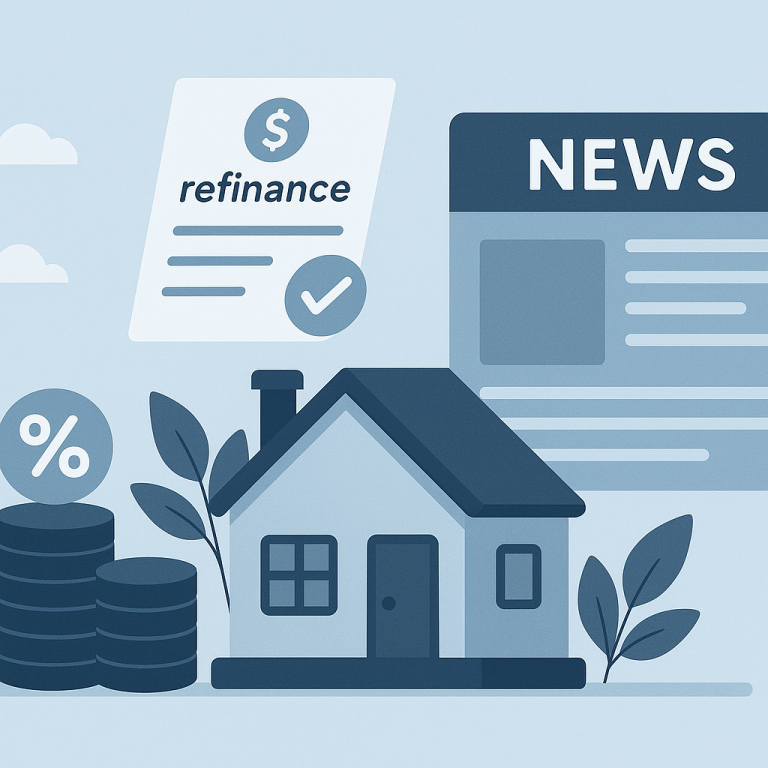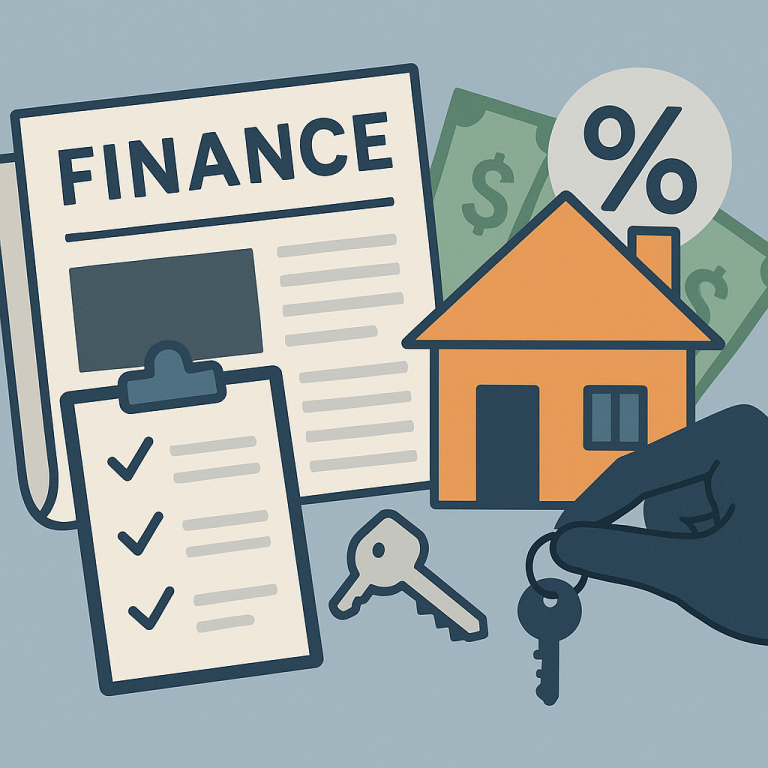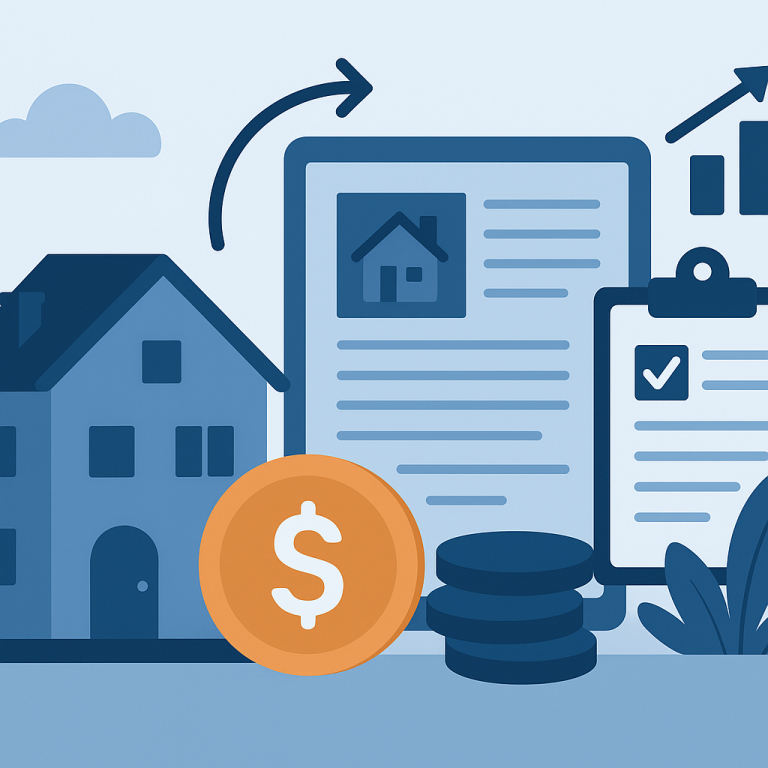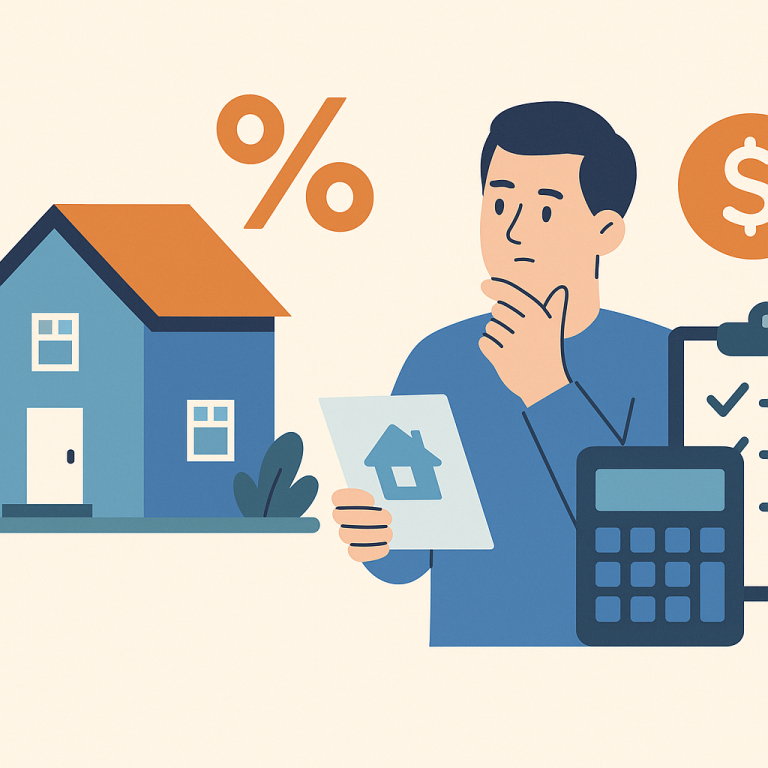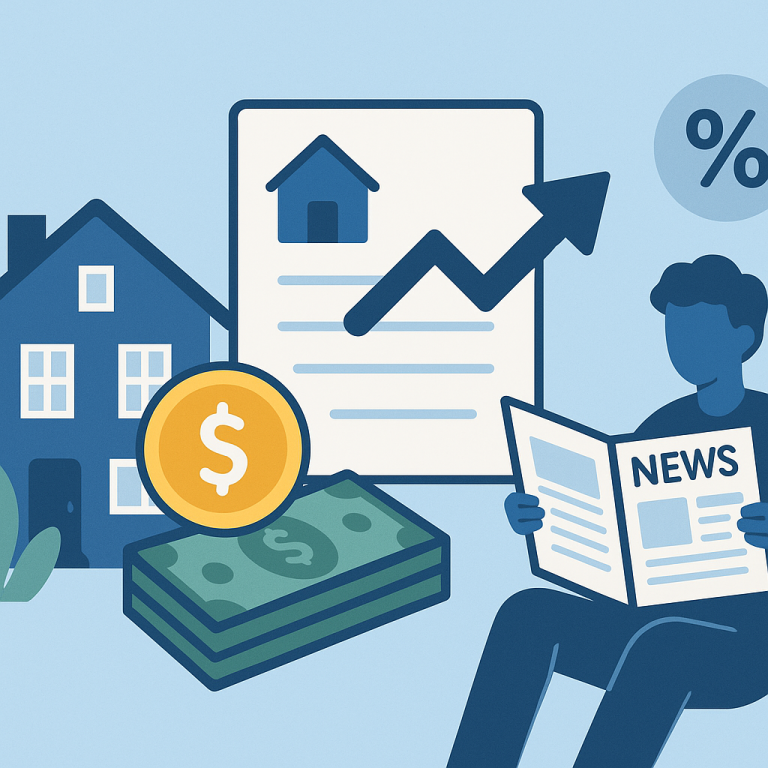Banks Slash Refinance Fees Up To $400, Making Refinancing Cheaper For Borrowers
At a glance: Higher refinance fees and closing costs and how it could affect refinancing decisions.
Lenders have raised refinance origination fees, pushing up closing costs and lengthening breakeven timelines for many borrowers.
What Higher Refinance Fees Mean for Borrowers
Homeowners considering mortgage refinancing often focus on the headline interest rate, but one strategic decision that can materially affect lifetime interest paid is choosing a shorter loan term. Refinancing from a longer-term mortgage to a shorter-term product typically reduces the total interest paid over the life of the loan, but it also raises the monthly payment. Evaluating whether a shorter-term refinance makes sense requires a clear assessment of long-term savings, near-term affordability, and how closing costs and remaining loan balance interact with the new terms.
At the core of the decision is a trade-off: accelerate principal repayment to save interest versus preserve monthly cash flow. Shorter terms allocate more of each payment to principal early in the schedule, which compounds into lower total interest. Homeowners who plan to stay in the home for many years and who can absorb a higher monthly payment may realize notable savings. Conversely, borrowers with tight budgets or uncertain near-term plans may prefer to keep monthly obligations manageable.
Closing costs and the current amortization of the existing loan change the calculus. If a homeowner is several years into a long-term mortgage, a significant portion of payments may already be going toward interest rather than principal; this reduces the incremental interest savings from switching terms. Closing costs must be weighed against projected monthly savings to determine a break-even horizon. For many borrowers, only when the estimated break-even period fits their expected tenure in the home does refinancing become financially attractive.
Other factors that influence the decision include available interest rates for shorter terms, the ability to qualify for a larger monthly payment, and the presence of prepayment penalties on the current mortgage. Tax treatment of mortgage interest varies, and while it can affect after-tax savings for some homeowners, it usually should be a secondary consideration compared with cash-flow and total-interest outcomes. Fixed-rate products provide predictability; adjustable-rate options may offer lower initial payments but introduce rate risk if the borrower intends to keep the loan long term.
Practical steps for homeowners
- Calculate the total-interest difference between the existing loan and the proposed shorter-term loan, incorporating expected closing costs.
- Estimate the break-even period: how long it will take for savings from lower interest to cover upfront refinancing expenses.
- Run monthly-payment scenarios to confirm that the higher payment fits comfortably within your household budget, including stress-testing for income dips or other expenses.
- Compare offers from multiple lenders to secure competitive pricing and ask for detailed loan-level implications, such as payment schedules and prepayment rules.
- Consider whether a partial-term change (for example, moving to a moderately shorter term) could balance savings and affordability better than the shortest available term.
Refinancing to a shorter mortgage term can be an effective way to reduce long-term interest costs and build home equity faster, but it is not universally the right move. The optimal choice depends on how long you plan to keep the property, your tolerance for higher monthly payments, closing costs, and the specifics of available loan offers. Performing scenario analyses and speaking with lenders or independent financial advisers can help translate the trade-offs into a clear decision tailored to your situation.
META: refinancing-shorter-term-homeowner-guidance
